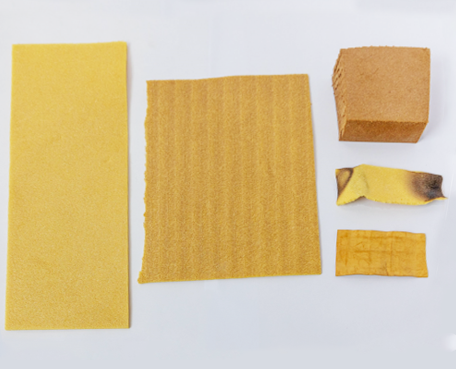How to Solve the Problem of Stripes on the Surface of Electrocoating
Electrocoating, as an advanced painting technology, is widely used in various fields such as automobiles, home appliances, and hardware. However, in actual production, stripes may sometimes appear on the surface of electrocoating, which not only affects the appearance quality of the products but may also have adverse effects on their performance. So, how can we effectively solve the problem of stripes on the surface of electrocoating?
Firstly, it is necessary to clarify the causes of stripe formation. Stripes on the surface of electrocoating are usually caused by factors such as uneven stirring of the paint, improper voltage control, poor surface treatment of the workpiece, or uneven baking temperature. Corresponding solutions can be taken to address these causes.

Secondly, strengthening the stirring of the paint is one of the effective methods to solve the stripe problem. By regularly stirring the paint to ensure its even distribution of components, the occurrence of stripes due to uneven paint can be effectively avoided. At the same time, reasonable voltage control is also crucial. Both too high and too low voltage can lead to uneven deposition of electrocoating, resulting in stripes. Therefore, voltage parameters should be set reasonably according to factors such as the material, shape, and size of the workpiece.
In addition, the surface treatment of the workpiece is also an important factor affecting the electrocoating effect. Before painting, it should be ensured that the surface of the workpiece is clean, free of oil, and rust. Surface treatment methods such as sandblasting and pickling can be used to improve the adhesion of electrocoating and reduce the possibility of stripe formation.
Control of the baking process should not be overlooked either. Uneven baking temperature can lead to inconsistent curing degrees of electrocoating, resulting in stripes. Therefore, the temperature uniformity of the baking equipment should be ensured, and baking time and temperature parameters should be set reasonably.
Besides the above measures, further solutions to the stripe problem can be achieved by optimizing the electrocoating formula and improving the painting process. For example, electrocoating with good flow properties can be selected to reduce the formation of stripes; advanced painting equipment and technology can be used to improve painting accuracy and uniformity.
In actual production, solving the problem of stripes on the surface of electrocoating requires considering various factors comprehensively and taking corresponding comprehensive measures. By continuously optimizing process parameters, improving operational skills, and strengthening quality control, the formation of stripes on the surface of electrocoating can be effectively reduced, thereby improving the appearance quality and performance of the products.
In summary, solving the problem of stripes on the surface of electrocoating requires addressing various aspects such as paint, equipment, and process, and taking comprehensive solutions. Only in this way can we ensure the high-quality and efficient production of electrocoating products.





 WeChat
WeChat